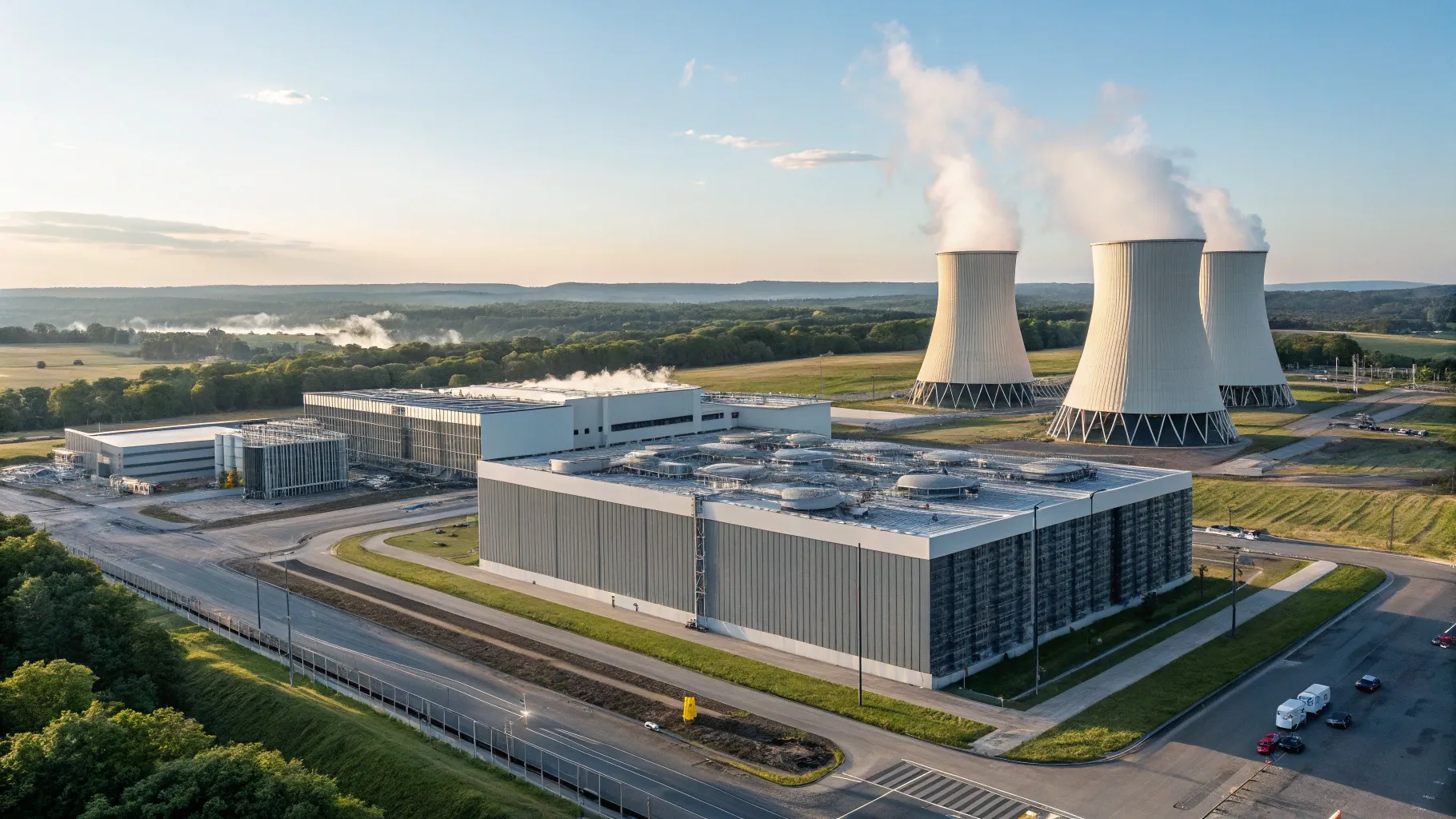
Amazon is ramping up its use of treated wastewater to cool its U.S. data centers as the company seeks to reduce its consumption of drinking water while meeting the growing demand for cloud computing services.
The e-commerce and cloud computing giant has been facing increasing pressure to address the environmental impact of its massive data center operations, particularly regarding water usage. Data centers require significant amounts of water for cooling their servers and maintaining optimal operating temperatures.
With data center demand reaching unprecedented levels due to artificial intelligence applications and expanded cloud services, Amazon’s move represents a strategic response to both business growth and environmental concerns.
Sustainable Cooling Solutions
The company’s expanded use of treated wastewater for cooling systems marks a significant shift in how it manages water resources. By utilizing water that has already been processed through municipal treatment facilities, Amazon can maintain its cooling operations without tapping into fresh drinking water supplies that are often under stress in many regions.
This approach helps preserve potable water for community use while giving a second life to water that would otherwise be discharged into local waterways. The treated wastewater meets all necessary quality standards for industrial cooling purposes while being unsuitable for drinking.
Amazon’s water conservation efforts come at a critical time as data centers across the United States face scrutiny for their environmental footprint. The company’s initiative aligns with broader industry trends toward more sustainable data center operations.
Water Usage Challenges in the Tech Industry
Data centers typically consume water in two primary ways: direct evaporative cooling and indirect cooling of hot equipment. A single large data center can use millions of gallons of water annually, equivalent to the water usage of a small town.
The tech industry’s water consumption has become particularly concerning in regions experiencing drought conditions or water scarcity. Several states where major data center hubs are located have faced water management challenges in recent years.
Key water usage factors for data centers include:
- Cooling system design and efficiency
- Local climate conditions
- Server density and heat output
- Operating hours and computational load
Industry-Wide Implications
Amazon’s expanded wastewater initiative may set a precedent for other tech companies facing similar water management challenges. Microsoft, Google, and other major cloud providers have also been exploring alternative cooling methods and water conservation strategies.
“Water conservation is becoming as important as energy efficiency in data center design,” noted a recent industry report on sustainable computing infrastructure.
The move also reflects growing regulatory pressure and community concerns about water usage. Several states have begun implementing stricter requirements for water usage reporting and conservation measures for large industrial facilities, including data centers.
For communities hosting these facilities, Amazon’s approach could help alleviate concerns about competition for local water resources while still supporting economic development through data center expansion.
Future Expansion Plans
Amazon has not disclosed specific details about which facilities will implement the expanded wastewater cooling systems or the timeline for deployment. However, the company has indicated that this is part of a broader sustainability strategy for its data center operations.
The company continues to build new data centers across the United States to meet growing demand for its AWS cloud services. Each new facility presents an opportunity to implement these water conservation measures from the ground up.
Beyond wastewater usage, Amazon has also been exploring other cooling technologies, including advanced air cooling systems and more efficient heat exchange methods that require less water overall.
As data center demand continues to grow, particularly with the rise of AI applications that require intensive computing resources, sustainable water management will likely remain a key focus for Amazon and the entire tech industry in the coming years.











Howie Jones
My name is Howie and I'm a Customer Success Manager at Calendar. I like to ensure our customers get the best experience using our product. If you have questions email me howie at calendar.com